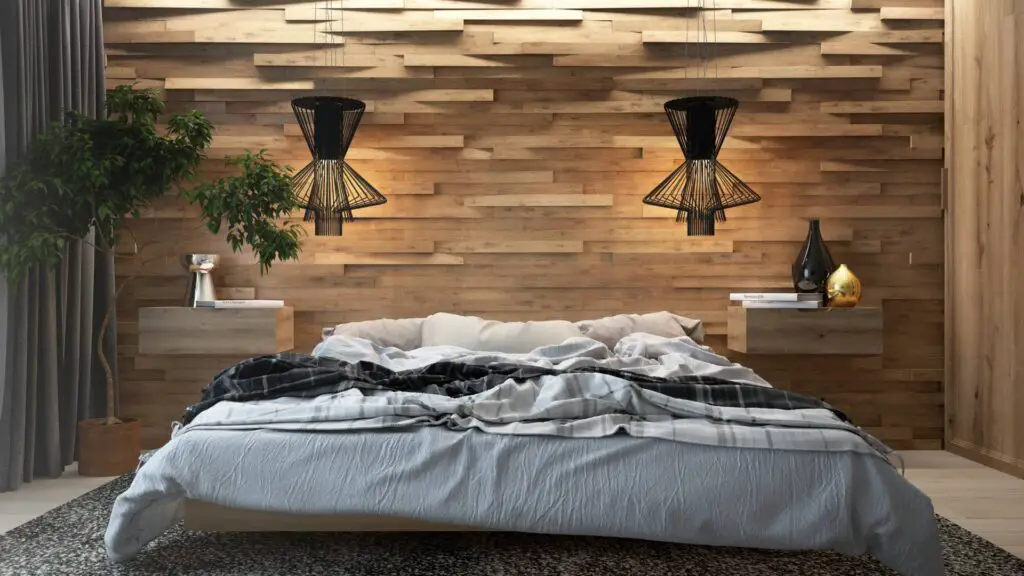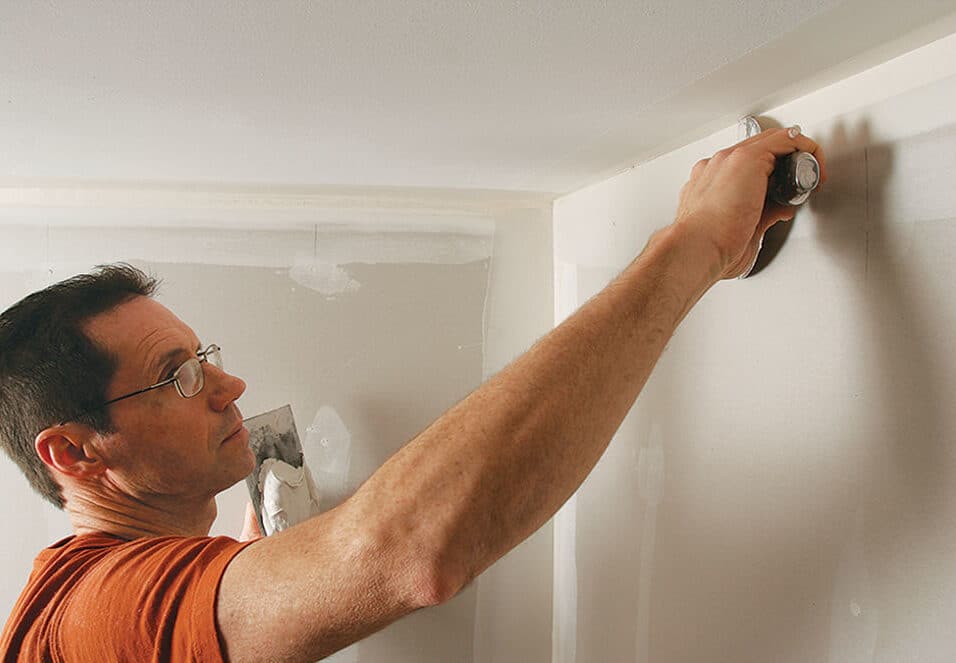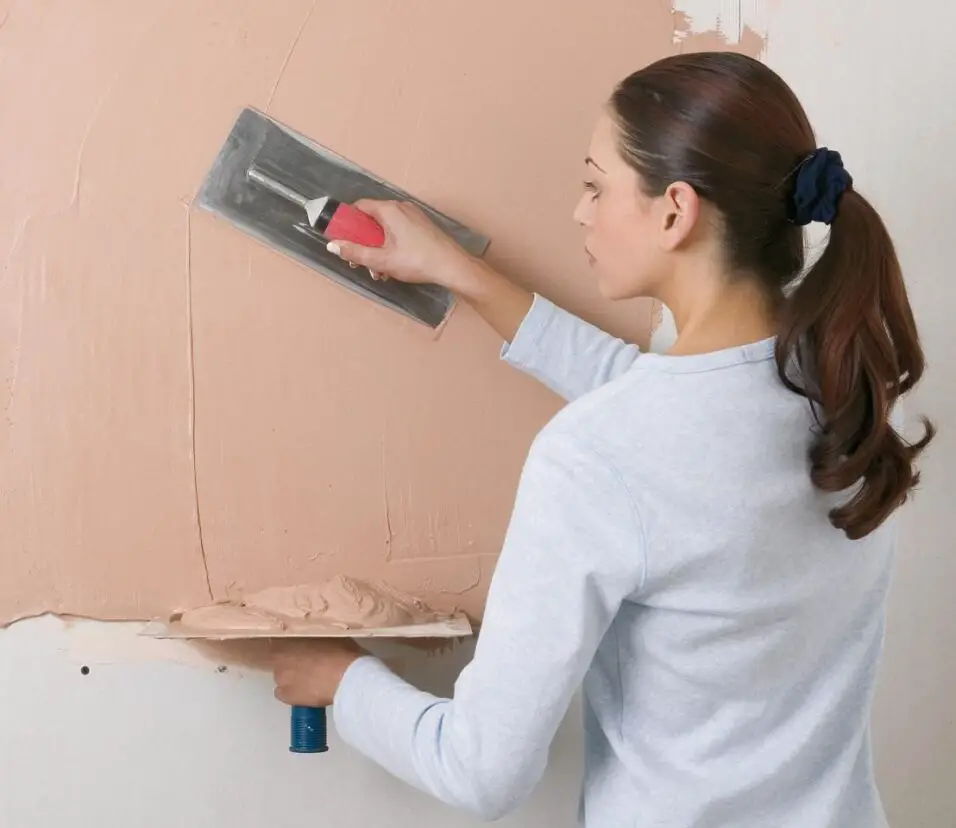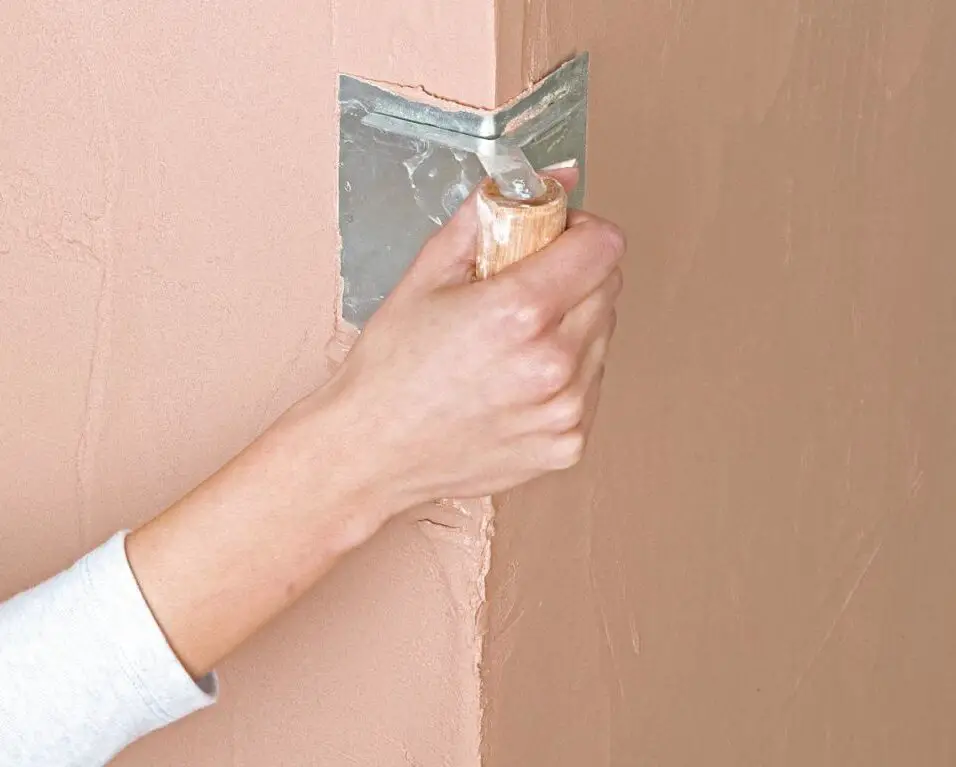How To Quilt A Panel Wall Hanging
Introduction
How To Quilt A Panel Wall Hanging: Embarking on a creative journey to quilt a panel wall hanging is an exciting endeavor that combines artistry with craftsmanship. Whether you’re an experienced quilter or a novice looking to dive into the world of quilting, this comprehensive guide will walk you through the steps to create a stunning piece of textile art that will grace your walls with beauty and warmth.
In the following tutorial, we will explore the essential tools, materials, and techniques needed to transform a simple fabric panel into a work of art. You’ll learn how to select the right fabric, choose a design that resonates with your style, and master the art of quilting, from piecing together the layers to adding intricate stitching patterns.
Throughout this creative process, we’ll offer tips and tricks to enhance your quilting skills and help you avoid common pitfalls. Whether you’re quilting for personal enjoyment, as a heartfelt gift, or as a way to express your artistic vision, this guide is designed to empower you to create a panel wall hanging that tells a story, evokes emotions, and becomes a cherished piece of your home decor.
So, let’s gather your materials, unleash your creativity, and learn How To Quilt A Panel Wall Hanging that will add a touch of handmade elegance to your living space.

How do you make a quilt for hanging?
In short, you add four triangular pockets at the quilt’s corners, then insert dowels at the top and bottom to hang the quilt and help it hang flat. I tend to skip the bottom two corners, it’s often enough to simply make the top two, and only add one hanging dowel there.
Creating a quilt for hanging involves several key steps:
- Design and Fabric Selection: Begin by selecting a design or pattern for your quilt. Consider the theme or purpose of the quilt. Choose fabrics that complement your design, and ensure you have enough fabric for the top, backing, and binding.
- Quilt Top Assembly: Piece together your chosen fabrics to create the quilt top. Follow the design or pattern instructions carefully to achieve the desired layout. Press seams flat for a neat appearance.
- Batting: Decide if you want to use batting. For wall hangings, thinner batting or fusible fleece is often sufficient. Cut the batting to the same size as your quilt top.
Quilting: Layer the quilt top, batting (if used), and backing fabric.
- Binding: Trim the edges of the quilt to ensure they are straight and even. Create binding strips from fabric, fold them in half lengthwise, and attach them to the quilt’s edges. Fold the binding over the raw edges and hand-stitch or machine-stitch it in place.
- Hanging Sleeve: To enable hanging, sew a sleeve onto the back of the quilt. This can be a fabric tube attached to the top edge of the quilt. Insert a rod or wooden dowel through the sleeve for hanging.
- Finishing Touches: Inspect the quilt for loose threads or any imperfections. Make any necessary corrections or embellishments.
- Hanging Hardware: Attach hanging hardware to the wall where you plan to display the quilt. Hang the quilt using the sleeve and rod or other hanging methods.
Do you put batting in a wall hanging?
Wall Hanging
In this category I include any quilt that needs to remain flat and square, so that it hangs nicely, and will very seldom (if ever) get washed. This type of quilt requires a stable batting that will not sag if hung on the wall, that doesn’t stretch as much as some other batts, and that provides stability.
Whether or not to use batting in a wall hanging depends on personal preference and the desired appearance. Wall hangings are typically smaller and decorative, so thinner batting or fusible fleece is often sufficient. Batting adds dimension and a bit of insulation to the quilt. However, if you prefer a flatter, sleeker look for your wall hanging, you can omit the batting.
The choice of batting also depends on how you intend to quilt the wall hanging. If you plan to do intricate quilting with visible stitching, a thinner batting may be preferable. Fusible batting can be ironed onto the backing fabric for a smooth finish.
In summary, using batting in a wall hanging is optional and depends on the quilt’s purpose, design, and the desired final look.
Do you quilt a panel?
Quilting with panels is a great way to add large designs to a quilt or even use as a quilt by themselves by just adding a simple border. ZJ Humbach shows you some of the many different kinds of panel available and gives you tips for working with them.
Quilting a panel is a common practice in quilting, especially for wall hangings and smaller projects. The process involves adding layers to a fabric panel to create a decorative or functional item.
Here’s how you can quilt a fabric panel:
- Select Your Panel: Choose a fabric panel with a design that you want to enhance through quilting. Panels often feature thematic or scenic designs that lend themselves well to quilting.
- Backing Fabric: Select a coordinating backing fabric for your panel. Cut it to the same size as the panel.
- Batting (Optional): Decide if you want to use batting between the panel and backing fabric. The choice of batting depends on your desired level of thickness and warmth.
- Layering: If you’re using batting, sandwich it between the panel and backing fabric. Pin or baste the layers together to keep them in place.
- Quilting: Quilt the layers together using your preferred quilting technique. You can choose to emphasize the panel’s design with quilting stitches or add your own decorative patterns. Consider using a walking foot or free-motion quilting foot for more control.
- Binding: After quilting, trim the edges of the panel to ensure they are even. Add binding to the edges to finish the quilt. The binding can be made from coordinating fabric strips.
- Hanging Sleeve (Optional): If you plan to hang the panel, sew a hanging sleeve to the back. This allows you to insert a rod or dowel for hanging.
Quilting a fabric panel is a great way to showcase beautiful designs and create unique wall hangings, table runners, or other decorative items.
What is the simplest quilt to make?
One of the easiest quilts for a beginner to make is a simple patchwork quilt. A square patchwork quilt is made from fabric squares that are sewn together in a simple grid pattern. You can cut squares from your own fabrics, or start with a precut fabric bundle called a “charm pack” or “layer cake”.
The simplest type of quilt for beginners is often referred to as a “patchwork” or “block” quilt. Here’s why it’s considered straightforward:
- Block-Based Design: Patchwork quilts are constructed by sewing together small fabric squares or rectangles into larger blocks. These blocks are then arranged into a quilt pattern.
- Basic Shapes: The shapes used in patchwork quilts are typically squares, rectangles, and occasionally triangles. These are easy to cut and piece together.
- Straight Seams: Most of the seams in patchwork quilts are straight lines, making them beginner-friendly. You can use a sewing machine for faster assembly.
- Variety of Patterns: Despite their simplicity, patchwork quilts offer a wide range of design possibilities. You can experiment with different block arrangements and color combinations.
- Small Size: Starting with a small quilt, like a baby quilt or lap quilt, is a smart choice for beginners. Smaller projects are more manageable and require less time.
- Quilting Options: You have the flexibility to choose how you want to quilt the layers together, whether with basic straight lines or more complex patterns.
While patchwork quilts are simple to start with, they provide an excellent foundation for building quilting skills. As you become more comfortable with the basics, you can progress to more intricate designs and techniques.
What can I make with quilt panels?
- 20+ Creative Ways to Use Fabric Panels
- Add a Geometric Border and Make a Quilt.
- Use the Panel to Make Bags.
- Another Simple Border Idea, Checkerboard.
- Add 1 or 2 Fabric Borders to Create your Quilt.
- Cut Up the Panel and Make a Table Topper.
- Substitute pieces of the panel for Quilt Blocks.
- Turn them into Pockets.
Quilt panels are versatile and can be used to create a variety of projects. Some popular ideas include:
- Wall Hangings: Turn quilt panels into decorative wall hangings. Add a hanging sleeve to the back for easy display.
- Baby Quilts: Use panels as the focal point of baby quilts. Surround them with coordinating fabrics to create a beautiful and functional baby blanket.
- Table Runners: Trim a quilt panel to size and add borders to create a unique table runner. It’s a quick way to add a touch of elegance to your dining table.
- Pillow Covers: Incorporate panels into pillow covers. They make eye-catching, themed pillows for your home decor.
- Tote Bags: Sew a quilt panel onto a fabric tote bag to create a stylish and functional accessory.
- Bed Quilts: For larger panels, you can use them as the centerpiece of a bed quilt. Surround the panel with complementary blocks or borders to achieve the desired size.
- Throws and Lap Quilts: Make cozy throws or lap quilts using quilt panels. These are perfect for snuggling on the couch or keeping warm outdoors.
- Fabric Panels for Art: Frame or stretch fabric panels like canvas art for a unique wall art piece.
The possibilities are endless, limited only by your creativity. Quilt panels offer a convenient way to add visual interest and personality to a wide range of projects.
What is a hanging quilt?
But to quilters, it usually means a quilt made to be hung on the wall for display. The average size wall hanging is 30″ wide and 42″ long, however Wall Hangings can be any size. The quilt can be made in any style with any of the many quilting techniques that require care for cleaning.
A hanging quilt, also known as a quilted wall hanging, is a piece of textile art or decoration that is designed to be displayed on a wall rather than used as a functional bed covering. These quilts are typically smaller in size compared to bed quilts and are created with the primary purpose of adding beauty and artistic flair to a space. Hanging quilts often feature intricate designs, patterns, and quilting techniques that make them visually appealing. They can be created for various themes, seasons, or occasions and are an excellent way for quilters to showcase their skills and creativity.
Hanging quilts serve as decorative elements in homes, offices, galleries, and other spaces. They can be used to add warmth, color, and a personal touch to a room. Some hanging quilts are designed to convey a specific message, tell a story, or celebrate cultural traditions. Others are purely artistic expressions that reflect the quilter’s imagination and artistic vision. Hanging quilts are typically equipped with a hanging sleeve on the back, allowing them to be easily displayed on a wall using a rod or dowel.
What is the best way to make a quilt?
Steps to Making a Quilt—By Hand
- Decide on your quilt pattern. If this is your first quilt, go for a simple pattern for a small quilt.
- Collect your materials and tools.
- Prewash your fabric.
- Iron your fabric.
- Measure and cut your patchwork.
- Lay your quilt out.
- Sew your patchwork into rows.
- Iron your rows.
The best way to make a quilt depends on your skill level, the type of quilt you want to create, and your personal preferences.
However, here is a general outline of the quilt-making process:
- Plan Your Quilt: Begin by deciding on the type and size of quilt you want to make. Choose a design or pattern that suits your style and purpose. Consider the color palette and fabric selection.
- Cut Fabric: Cut the fabric pieces for your quilt top according to your chosen design. Accurate cutting is crucial for precise piecing.
- Piece the Top: Sew the fabric pieces together to create the quilt top. Follow your chosen design, and press seams flat for a neat appearance.
- Batting and Backing: Choose a batting material and a backing fabric. Layer the quilt top, batting, and backing, ensuring they are smooth and free of wrinkles. Baste or pin the layers together.
- Quilting: Quilt the layers together using your preferred method, such as machine quilting, hand quilting, or long-arm quilting. This step secures the layers and adds texture and design to the quilt.
- Binding: Trim the edges of the quilt to make them even. Attach binding strips to the quilt’s edges, folding them over the raw edges and sewing them in place. This creates a finished border.
- Finishing Touches: Inspect the quilt for any loose threads or imperfections. Make any necessary corrections or embellishments.
- Label and Sleeve (Optional): Add a label to your quilt with your name, the date, and any relevant information. If you intend to hang the quilt, sew a hanging sleeve to the back.
The best way to make a quilt is to follow these steps while paying attention to accuracy, precision, and attention to detail. As you gain experience, you can explore different techniques and styles to create unique quilts.
What materials do you need to make a wall hanging?
Key materials
- Scissors. We’ll use these to cut threads and the fringing. We can use any type, as long as they cut through fabric.
- Tape measure. Our tape measure will come in handy when measuring out our cord.
- Fine comb or steel brush. They will be used to untangle and comb out the fringing.
To make a wall hanging, you will need the following materials:
- Fabric Panel: Choose a fabric panel with a design that you want to feature in your wall hanging. Panels are often thematic and decorative.
- Backing Fabric: Select a coordinating fabric for the backing of your wall hanging. This fabric should complement the panel and provide stability.
- Batting (Optional): Decide if you want to use batting between the panel and backing. The choice of batting depends on your desired level of thickness and warmth.
- Hanging Sleeve (Optional): If you plan to hang the wall hanging, sew a hanging sleeve to the back. This allows you to insert a rod or dowel for hanging.
- Thread: Choose thread that complements the colors in your panel and backing fabric. You’ll need thread for both piecing and quilting.
Binding Fabric: If you prefer a finished edge for your wall hanging.
- Quilting Tools: Gather quilting tools such as pins, safety pins, or basting spray to hold the layers together during quilting.
- Sewing Machine or Needle and Thread: Depending on your quilting method (machine or hand quilting), you’ll need a sewing machine or hand-sewing supplies.
- Iron and Ironing Board: These are essential for pressing seams and achieving neat, flat fabric surfaces.
- Ruler and Cutting Tools: You’ll need rulers, rotary cutters, and cutting mats for precise cutting and trimming.
- Scissors: Scissors are handy for cutting thread, trimming fabric, and snipping loose threads.
- Quilting Pins: Use quilting pins to secure the layers and binding as you work.
- Quilting Marking Tools: These help you mark quilting lines or designs on your wall hanging.
With these materials and your creativity, you can craft a beautiful wall hanging that adds charm and personality to your living space. Adjust the materials and design to match your preferences and style.

Conclusion
As you reach the final stitches of your quilted panel wall hanging, you’ve embarked on a journey that blends artistry and craftsmanship. The satisfaction of creating a piece of textile art that reflects your creativity and vision is a truly rewarding experience. Your wall hanging is not just a decorative piece; it’s a testament to your dedication and passion for quilting.
Throughout this quilting adventure, you’ve learned how to select the perfect fabrics panel, piece them together with precision, and infuse your creation with intricate stitching patterns. The result is a unique work of art that can grace your home, serve as a meaningful gift, or even become a family heirloom.
As you hang your finished panel, take pride in the craftsmanship and artistry you’ve poured into it. Let it serve as a conversation starter, a source of inspiration, and a reminder of the joy found in the creative process.
But remember, this is just the beginning of your quilting journey. There are endless possibilities to explore, techniques to master, and stories to tell through your quilting projects. So, whether you’re already an experienced quilter or a novice taking your first steps, continue to embrace the world of quilting with enthusiasm and creativity. Your next masterpiece awaits!








